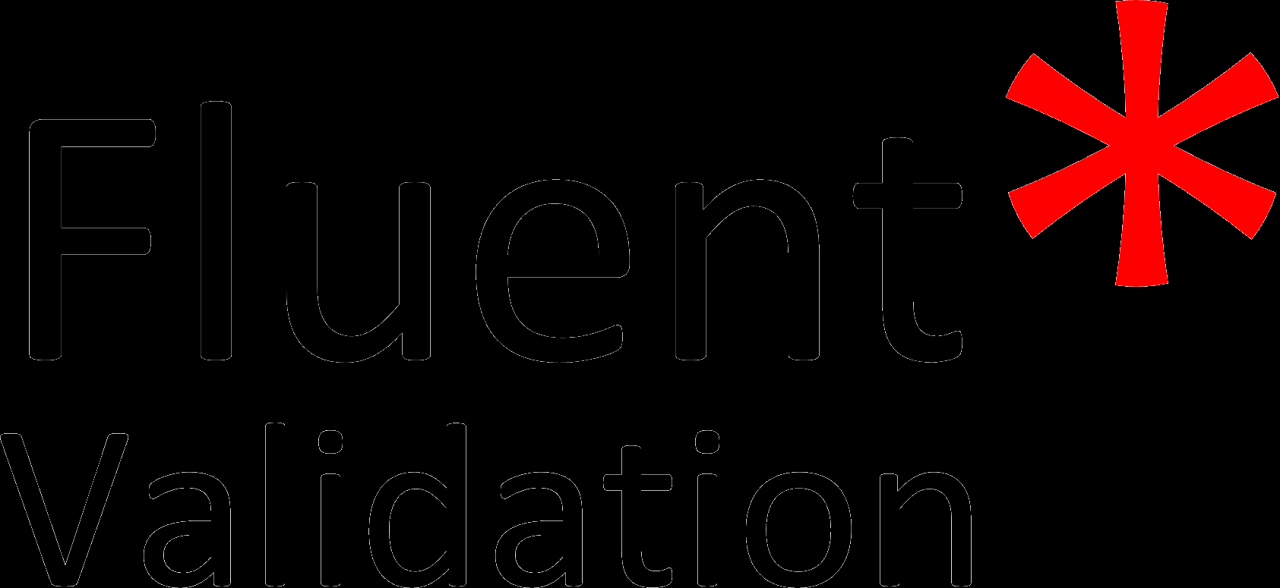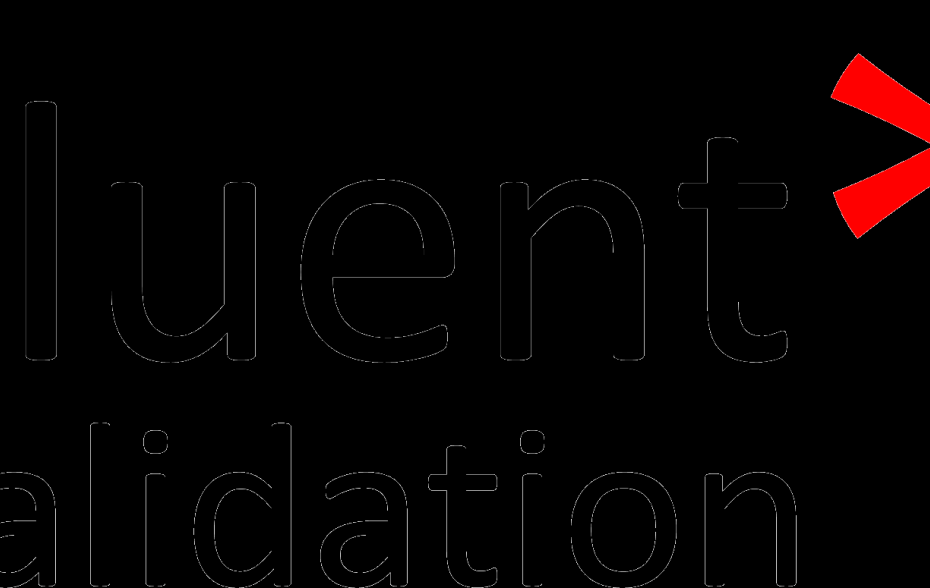Bạn đang muốn tìm hiểu thông tin về chủ đề “Fluent Validation C# obsolete”. chuyenphatnhanhdhlvn.com sẽ tổng hợp các thông tin để trả lời thắc mắt cho các bạn trong bài viết này. Mời các bạn đọc hết bài viết này để tìm được những thông tin mà mình muốn xem nhé. Bạn cũng có thể xem thêm một số bài viết chủ đề khác tại đây: chuyenphatnhanhdhlvn.com/blog FluentValidation, fluent validation asp.net core, fluent validation asp.net core 6, FluentValidation custom validator, PreValidate fluent Validation, Fluentvalidation custom message, Fluent validation is numeric, MediatR validation.
Xem thông tin về Fluent Validation C# obsolete
Thông tin về câu hỏi
- Câu hỏi: Fluent Validation C# obsolete
- Thời gian hỏi: Cập Nhập 16 Phút Trước
- Thời gian trả lời: Cập Nhập 34 Ngày Trước
- Số lượt xem: 14780
Fluent Validation C# obsolete
FluentValidation is a popular validation library for C# that provides a fluent interface for defining validation rules for objects. However, some of its features have become obsolete in recent versions.
One example is the RuleFor method, which used to be the primary way to define validation rules. This method has been replaced by a more generic When method, which allows for more complex conditional validation logic.
Another example is the CascadeMode property, which used to control how validation errors were handled. This property has been replaced by a more fine-grained set of options that allow for more control over the behavior of the validation engine.
Despite these changes, FluentValidation remains a powerful and widely used validation library in the C# ecosystem, and continues to be actively developed and maintained.
Xem video liên quan đến Fluent Validation C# obsolete
Fluent Validation in C# – The Powerful Yet Easy Data Validation Tool
What is fluent validation?
Fluent Validation is an open-source library for validating .NET objects. It allows developers to define validation rules for their models in a fluent and expressive way, making it easy to read and maintain.
Using Fluent Validation, developers can create validation rules that are attached to properties of a model or to the model itself. These rules can be simple or complex and can be based on conditions that are defined by the developer. For example, a validation rule could check if a string property is not null or empty, or if an integer property is within a certain range.
One of the main benefits of Fluent Validation is its flexibility. It can be used with any .NET framework or application type, including ASP.NET, Windows Forms, and WPF. It also supports dependency injection and can be easily integrated with other validation frameworks.
Fluent Validation is highly customizable and extensible, allowing developers to define their own custom validation rules and error messages. It also includes built-in support for localizing error messages, making it easy to support multiple languages and cultures.
Overall, Fluent Validation is a powerful and flexible library for validating .NET objects that can help developers write more maintainable and error-free code.
How to write fluent validation in C#?
Fluent Validation is a popular library in C# for validating objects in a fluent and expressive way. Here are the steps to write fluent validation in C#:
-
Install Fluent Validation library:
In Visual Studio, go to Tools > NuGet Package Manager > Manage NuGet Packages for Solution and search for “FluentValidation”. Install the package for your project. -
Create a Validator class:
Create a new class and inherit fromAbstractValidator<T>where T is the type of object you want to validate. For example, if you want to validate aPersonclass, create aPersonValidatorclass that inherits fromAbstractValidator<Person>. -
Define validation rules:
In the constructor of the validator class, define the validation rules using theRuleFormethod. TheRuleFormethod takes a lambda expression that specifies the property to validate and a validator for that property. For example, to validate that aPersonobject has a non-empty name, you can write:csharpRuleFor(person => person.Name) .NotEmpty(); -
Use the validator:
To use the validator, create an instance of it and call itsValidatemethod with the object to validate. TheValidatemethod returns aValidationResultobject that contains information about any validation errors. For example, to validate aPersonobject, you can write:csharpvar person = new Person { Name = "" }; var validator = new PersonValidator(); var result = validator.Validate(person); if (!result.IsValid) { // handle validation errors }
Here’s a complete example of a Person class and a PersonValidator class that validates the Name property:
csharppublic class Person { public string Name { get; set; } } public class PersonValidator : AbstractValidator<Person> { public PersonValidator() { RuleFor(person => person.Name) .NotEmpty() .WithMessage("Name is required"); } }
In the example above, if the Name property of a Person object is empty, the validation error message “Name is required” will be added to the ValidationResult object.
Is fluent validation good?
Yes, Fluent Validation is a popular and well-regarded validation library for .NET applications. It provides a fluent interface for defining validation rules, making it easy to create and maintain validation logic for your application’s data models.
Some of the benefits of using Fluent Validation include:
-
Clear, expressive syntax: Fluent Validation’s fluent interface allows you to write validation rules in a clear and concise manner that is easy to read and understand.
-
Customizable validation rules: The library provides a wide range of built-in validation rules, but also allows you to define custom validation rules specific to your application’s needs.
-
Integration with popular frameworks: Fluent Validation integrates well with popular .NET frameworks like ASP.NET Core and Entity Framework Core, making it easy to use validation rules across your entire application.
-
Testability: The library’s design makes it easy to test validation rules in isolation, without needing to test the entire application.
Overall, Fluent Validation is a powerful and flexible library that can help you implement robust validation logic in your .NET application.
Hình ảnh liên quan đến Fluent Validation C# obsolete
Tìm thấy 45 hình ảnh liên quan đến chủ đề Fluent Validation C# obsolete.


Bạn có thể xem thêm một số thông tin liên quan đến Fluent Validation C# obsolete tại đây
- FluentValidation — FluentValidation documentation
- What is use of fluent Validation in C# and how to use in C
- Fluent Validation In ASP.NET MVC – C# Corner
- Use FluentValidation in ASP.NET or ASP.NET Core – Medium
- Debugging fluent validation rules – Stack Overflow
- FluentValidation for .NET – GitHub
- Hướng dẫn sử dụng thư viện FluentValidation để kiểm tra …
- Fluent Validation In ASP.NET MVC – C# Corner
- Using Fluent Validation in ASP.NET Core – Powerful Validations
- How to use FluentValidation in ASP.NET Core (.NET 6)
- What is use of fluent Validation in C# and how to use in C
Bình luận của người dùng về câu trả lời này
Có tổng cộng 263 bình luật về câu hỏi này. Trong đó:
- 71 bình luận rất tuyệt vời
- 590 bình luận tuyệt vời
- 308 bình luận bình thường
- 58 bình luận kém
- 31 bình luận kém rém
Vậy là bạn đã xem xong bài viết chủ đề Fluent Validation C# obsolete rồi đó. Nếu bạn thấy bài viết này hữu ích, hãy chia sẻ nó đến nhiều người khác nhé. Cảm ơn bạn rất nhiều.
